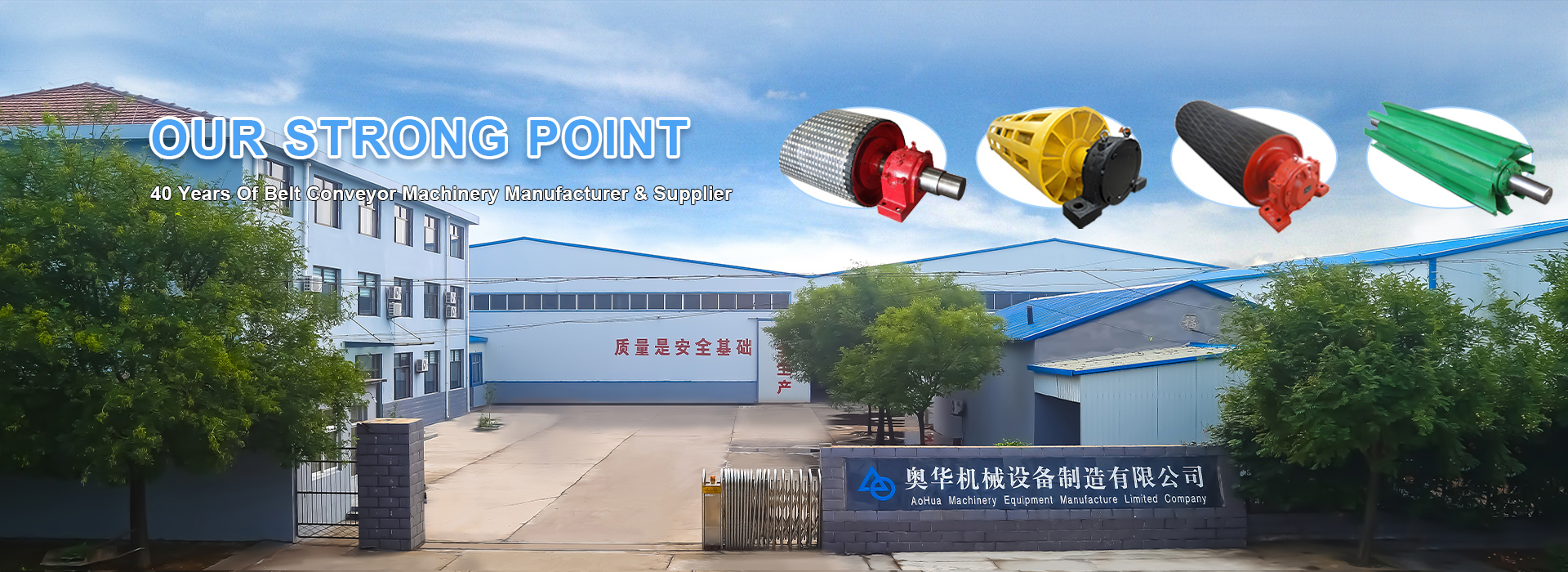 Afrikaans
Afrikaans  Albanian
Albanian  Amharic
Amharic  Arabic
Arabic  Armenian
Armenian  Azerbaijani
Azerbaijani  Basque
Basque  Belarusian
Belarusian  Bengali
Bengali  Bosnian
Bosnian  Bulgarian
Bulgarian  Catalan
Catalan  Cebuano
Cebuano  Corsican
Corsican  Croatian
Croatian  Czech
Czech  Danish
Danish  Dutch
Dutch  English
English  Esperanto
Esperanto  Estonian
Estonian  Finnish
Finnish  French
French  Frisian
Frisian  Galician
Galician  Georgian
Georgian  German
German  Greek
Greek  Gujarati
Gujarati  Haitian Creole
Haitian Creole  hausa
hausa  hawaiian
hawaiian  Hebrew
Hebrew  Hindi
Hindi  Miao
Miao  Hungarian
Hungarian  Icelandic
Icelandic  igbo
igbo  Indonesian
Indonesian  irish
irish  Italian
Italian  Japanese
Japanese  Javanese
Javanese  Kannada
Kannada  kazakh
kazakh  Khmer
Khmer  Rwandese
Rwandese  Korean
Korean  Kurdish
Kurdish  Kyrgyz
Kyrgyz  Lao
Lao  Latin
Latin  Latvian
Latvian  Lithuanian
Lithuanian  Luxembourgish
Luxembourgish  Macedonian
Macedonian  Malgashi
Malgashi  Malay
Malay  Malayalam
Malayalam  Maltese
Maltese  Maori
Maori  Marathi
Marathi  Mongolian
Mongolian  Myanmar
Myanmar  Nepali
Nepali  Norwegian
Norwegian  Norwegian
Norwegian  Occitan
Occitan  Pashto
Pashto  Persian
Persian  Polish
Polish  Portuguese
Portuguese  Punjabi
Punjabi  Romanian
Romanian  Russian
Russian  Samoan
Samoan  Scottish Gaelic
Scottish Gaelic  Serbian
Serbian  Sesotho
Sesotho  Shona
Shona  Sindhi
Sindhi  Sinhala
Sinhala  Slovak
Slovak  Slovenian
Slovenian  Somali
Somali  Spanish
Spanish  Sundanese
Sundanese  Swahili
Swahili  Swedish
Swedish  Tagalog
Tagalog  Tajik
Tajik  Tamil
Tamil  Tatar
Tatar  Telugu
Telugu  Thai
Thai  Turkish
Turkish  Turkmen
Turkmen  Ukrainian
Ukrainian  Urdu
Urdu  Uighur
Uighur  Uzbek
Uzbek  Vietnamese
Vietnamese  Welsh
Welsh  Bantu
Bantu  Yiddish
Yiddish  Yoruba
Yoruba  Zulu
Zulu vertical roller
The Evolution and Advantages of Vertical Roller Mills
Vertical roller mills (VRMs) have become an essential fixture in the field of milling technology, particularly for the production of cement and other materials. Their design includes a rotating table and grinding rollers that provide significant operational advantages over traditional ball mills. This article explores the evolution of vertical roller mills, their working principles, and their numerous benefits in modern industrial applications.
Historical Context
The first vertical roller mill was developed in the 20th century as industries sought ways to improve efficiency, lower energy consumption, and increase productivity. While the primary technology was fine-tuned in cement manufacturing, it quickly spread to other sectors, including coal, pharmaceuticals, and minerals processing. The advancement in materials science and computer-aided design has further refined the efficiency and reliability of VRMs, making them an industry standard.
Working Principles
The operational mechanism of a vertical roller mill is both simple and effective. The core components include a grinding table, rollers, and a feeder system. Raw materials are fed into the mill where they are crushed and ground by the rollers, which are pressed against the rotating table. The material is then carried upwards by the airflow generated by a fan, allowing the finer particles to exit the mill, while larger particles are reintroduced for further grinding.
This unique configuration allows for a continuous feed of raw materials, ensuring a steady and even grinding process. Moreover, VRMs operate at lower temperatures than traditional grinding systems, which can be crucial in preventing thermal degradation of the materials being processed.
Advantages of Vertical Roller Mills
vertical roller

1. Energy Efficiency One of the most significant advantages of using a vertical roller mill is its remarkable energy efficiency. Compared to traditional ball mills, VRMs use 30-50% less energy, which can lead to substantial cost savings over time. This efficiency is primarily due to the reduced grinding time and the enhanced heat exchange efficiency in the milling process.
2. Compact Design Vertical roller mills have a compact footprint compared to their counterparts. Their vertical structure requires less floor space, making them easier to fit into existing plants or new construction designs. This compact design also facilitates easier maintenance and operational adjustments.
3. Versatility VRMs are incredibly versatile, capable of grinding a wide variety of materials including raw meal, clinker, ground granulated blast-furnace slag (GGBS), and more. This adaptability makes them an attractive option for producers looking to diversify their product offerings without investing in multiple types of milling equipment.
4. Lower Operating Costs Beyond energy savings, VRMs also contribute to lower overall operating and maintenance costs. The robust design and fewer moving parts within the mill reduce wear and tear, leading to less frequent maintenance and lower replacement part expenses.
5. Environmental Impact As industries increasingly focus on sustainability, the environmentally friendly design of vertical roller mills stands out. Their energy-efficient operation contributes to a reduction in carbon emissions, which is a critical consideration for companies aiming to meet stringent environmental regulations.
6. Enhanced Grind Quality The innovative design of VRMs allows for a more consistent particle size distribution, which can improve the quality of the finished product. This high level of precision is particularly important in industries like cement manufacturing, where product specifications are often strictly regulated.
Conclusion
The vertical roller mill represents a significant advancement in milling technology that offers a blend of efficiency, versatility, and environmental responsibility. As industries continue to evolve towards more sustainable and cost-effective practices, the adoption of VRMs is likely to accelerate. Their ongoing development suggests that they will play a pivotal role in shaping the future of milling technology across various sectors, solidifying their place as a cornerstone in modern industrial processes.
-
Revolutionizing Conveyor Reliability with Advanced Rubber Lagging PulleysNewsJul.22,2025
-
Powering Precision and Durability with Expert Manufacturers of Conveyor ComponentsNewsJul.22,2025
-
Optimizing Conveyor Systems with Advanced Conveyor AccessoriesNewsJul.22,2025
-
Maximize Conveyor Efficiency with Quality Conveyor Idler PulleysNewsJul.22,2025
-
Future-Proof Your Conveyor System with High-Performance Polyurethane RollerNewsJul.22,2025
-
Driving Efficiency Forward with Quality Idlers and RollersNewsJul.22,2025





























